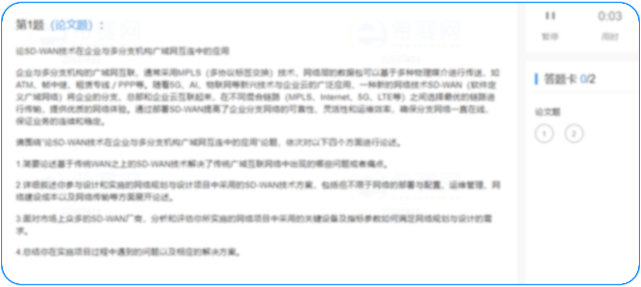
工作内容说明用英语怎么说
Job Description in English: An Analysis from Multiple Perspectives
Introduction
Job descriptions play a crucial role in identifying the responsibilities, skills, and qualifications required for a specific job position. A job description typically includes information related to the job title, job summary, duties and responsibilities, required qualifications, and compensation. In this article, we will discuss various perspectives related to job descriptions, including why they are important, how to write an effective job description, and some best practices for creating job descriptions.
Why are Job Descriptions Important?
Job descriptions play a crucial role in talent acquisition, providing a clear understanding of the position's requirements for both the employer and the job applicant. Having a well-written job description helps employers in assessing the candidate's qualifications and skills accurately. During the interview process, a job description can help both parties reach a better understanding of the role's expectations, the required qualifications, and the compensation.
From the employee's perspective, a clear job description helps in giving them insights into their role, their responsibilities, and the expected outcomes. As a result, job descriptions can reduce ambiguity and misinformation, which can lead to a better job performance, happiness, and retention.
How to Write an Effective Job Description?
A well-written job description must be concise, clear, and precise. It should include the following sections:
1. Job Title: The job title is a fundamental aspect of a job description. It should convey the essence of the job role accurately.
2. Job Summary: This section should provide a brief summary of the job role's purpose and responsibilities.
3. Duties and Responsibilities: This section should provide a list of the job role's essential duties and responsibilities.
4. Qualifications: This section should list the educational requirements, skills, and experience required for the job role.
5. Compensation: This section should include information about the expected salary or hourly rate, benefits, and other perks.
Best Practices for Creating Job Descriptions
There are some best practices that an employer should follow while creating job descriptions:
1. Consult with relevant stakeholders: It is essential to consult with the relevant stakeholders, including the department manager, employees, and HR personnel, during the job description creation process.
2. Use clear language: Avoid using technical, ambiguous, or fancy language; instead, use clear and concise language to avoid any misunderstandings.
3. Highlight essential skills and qualifications: Highlight the essential skills, education, and experience required for the job role to attract candidates with suitable qualifications.
4. Avoid Discrimination: Make sure that your job description does not discriminate based on age, gender, race, religion, or any other factors.
5. Update Job Descriptions regularly: It is essential to update job descriptions regularly to reflect the changing needs of the organization.
Conclusion
Job descriptions are crucial in identifying the duties, responsibilities, qualifications, and compensation required for a specific job position. Creating an effective job description helps employers in attracting suitable candidates, assessing their qualifications, and improving the retention rate. Job descriptions also enable employees to acquire a better understanding of their role, their expectations, and their compensation. Employers can create an effective job description by following some best practices, including highlighting essential skills and qualifications, using clear language, and avoiding discrimination.








